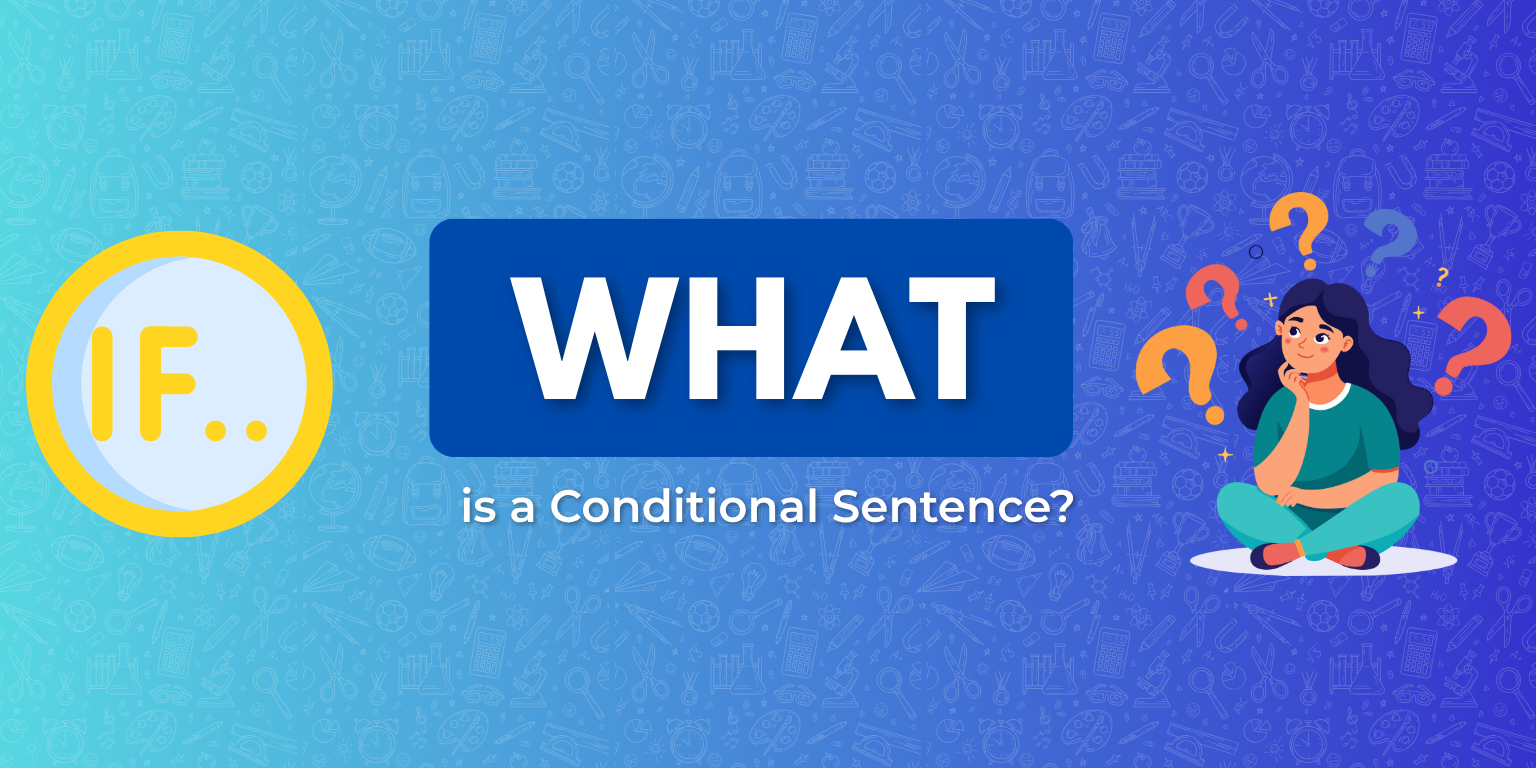Learn what is a negative sentence and how to make negative sentences correctly and clearly.
This guide shows easy ways to use words like “not,” “no,” or “nothing” to say something is not true.
Readers have used these tips to fix common grammar mistakes in everyday writing and talking.
Now, let’s move from simple examples to clear steps you can use every day.
What Is a Negative Sentence?
A negative sentence says something is not true or does not happen. It changes a positive idea into its opposite.
Examples:
- I like coffee. → I do not like coffee.
- She is happy. → She is not happy.
Negative sentences help you speak honestly and clearly.
“Get success in exams with our 1-on-1 or group english tutoring sessions.”
How to Form a Negative Sentence
Let’s learn simple ways to create negative sentences.
Forming Negative Sentences by Adding ‘Not’
One of the easiest ways is to add not after the helping verb.
- Present tense: She does not work here.
- Past tense: They did not come yesterday.
- Be verbs: He is not late. / We were not ready.
Forming Negative Sentences Using ‘No’, ‘Nothing’, ‘Nobody’, ‘None’, ‘Nowhere’
You can use these words alone to make sentences negative.
Examples:
- No sugar in my tea.
- I saw nothing in the box.
- Nobody knows the answer.
- We have none left.
- She is going nowhere today.
These words make the whole sentence negative.
Using Contractions
Often, negative sentences use contractions for short forms.
Examples:
- do not → don’t: I don’t like fish.
- does not → doesn’t: He doesn’t agree.
- did not → didn’t: She didn’t come.
- is not → isn’t: It isn’t heavy.
- are not → aren’t: They aren’t ready.
- was not → wasn’t: The dog wasn’t loud.
- will not → won’t: I won’t go.
Contractions make writing and speaking more natural.
“Book a free assessment for english tutors.“
Negating Interrogative Sentences
You can also ask negative questions. The meaning becomes softer or expresses surprise.
Examples:
- Isn’t it cold today?
- Don’t they know the news?
- Hasn’t she arrived yet?
These sentences often sound like you want confirmation.
Double Negatives
A double negative is when you use more than one negative in one sentence. In standard English, this cancels out and becomes positive, so it can be confusing.
Example to avoid:
- I don’t have no money.
Correct: - I don’t have any money.
Unless you are speaking in dialect, avoid double negatives for clear meaning.
Why Negative Sentences Matter
- They help you express refusal, denial, or absence.
- Critical for writing clear instructions and rules.
- Used in daily talk: “No, thank you,” “I don’t know,” etc.
Conclusion
Now you know what is a negative sentence, how to build them correctly, and how to avoid mistakes.
Use “not,” “no,” or “never” with confidence in your writing and speaking.
Keep practicing each day. Soon, forming negative sentences will be natural and easy.
Read more What Is a Conditional Sentence? Types and Examples
FAQs
1. What is a negative sentence?
A sentence that says something is not true using words like “not,” “no,” or “never.”
2. Can I make any sentence negative?
Yes. Just add “not” after a helping verb or use negative words.
3. Are contractions okay for writing?
Yes. Contractions like “don’t” or “isn’t” are fine for conversation and casual writing.
4. What are double negatives?
That’s when you use two negative words together, like “don’t” and “no,” which can confuse meaning.
5. Why do English learners need negative sentences?
They help you say what is not true, disagree politely, and understand grammar clearly.



